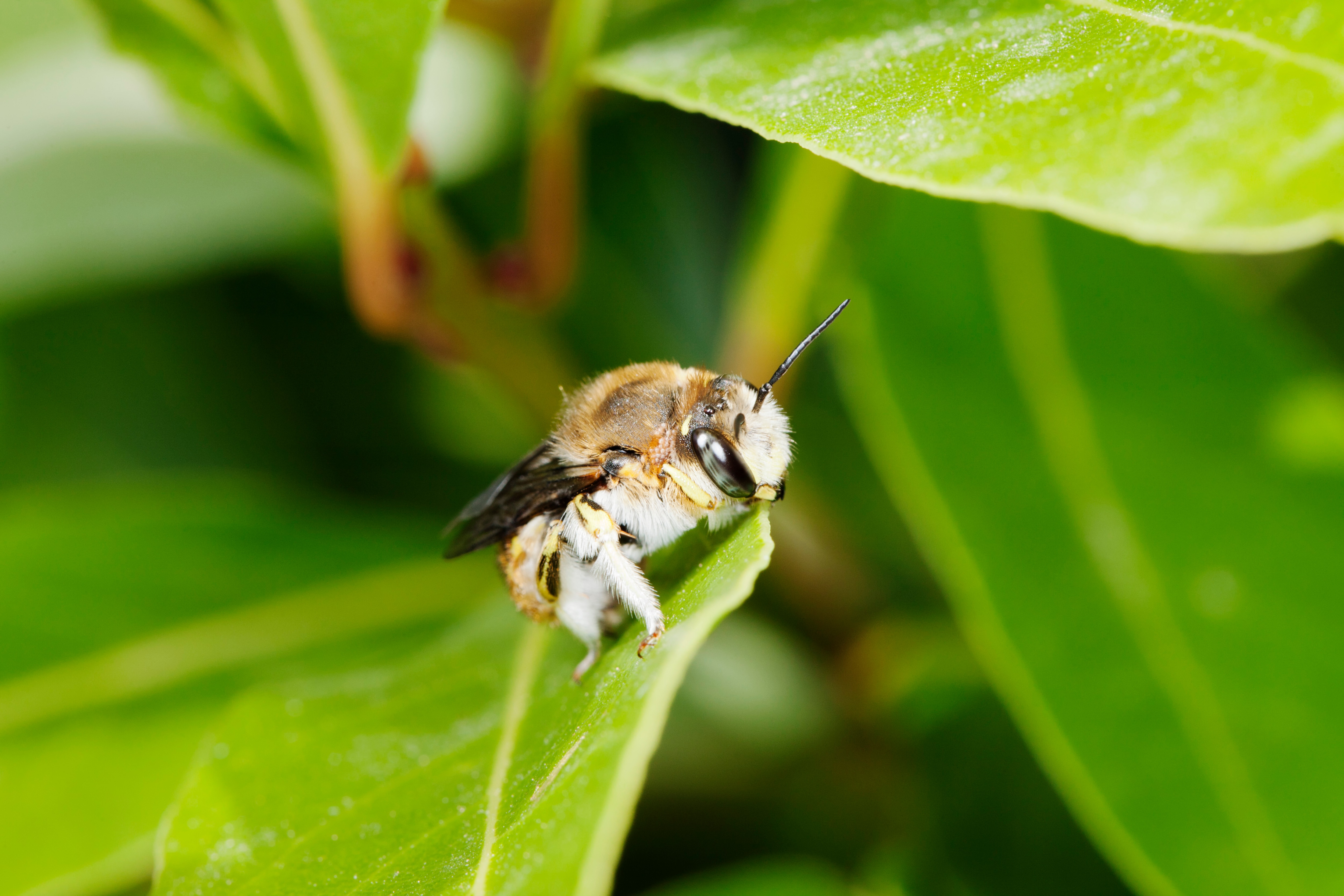Create a free profile to get unlimited access to exclusive videos, sweepstakes, and more!
Bees manipulate plants into flowering early by intentionally damaging them
If your food takes too long, start taking bites out of the restaurant.

While intentionally dramatic in its presentation, Bee Movie highlights the intertwined and crucial relationship between flowering plants and pollinators. Flowering plants rely on pollinators to help spread their reproductive materials and ensure the next generation. In exchange, bees gather excess pollen for food. For many bees, pollen is the only food source for larvae, and remains an important source of nutrients for adults. When plants and bees fall out of sync with one another, the results can be disastrous for both parties.
As bees prepare their summer colonies, they head out from the hive to gather pollen for nutrients. Plants, however, don’t always cooperate and annual variability sometimes means that they haven’t yet flowered when the bees start foraging. Previous studies have shown that the availability of flowering plants within a kilometer of a colony is highly correlated with reproductive success and survival of the colony. With that in mind, scientists thought bees must have ways of coping with variability, in the event that pollen isn’t readily available. It turns out that they do, and it involves manipulating plants to flower on the bees’ timeline.
Scientists from the Department of Environmental Systems Sciences at ETH Zürich recently discovered that some bees trick plants into flowering early when availability of pollen within their foraging range falls short. Their findings were published in the journal Science.
In an evolutionary move akin to punching a whole in the wall of your favorite restaurant if they run short of the dish you prefer, scientists discovered that bees faced with a shortage of pollen go about intentionally cutting holes in the leaves of flowerless plants. Instead of being escorted from the restaurant by security, however, this behavior kicks the botanical chefs into overdrive.
The work involved two primary experiments. The first sought to validate the hypothesis that bees increase cutting behaviors when there’s a shortage of pollen. An experimental group of bees was deprived of pollen for a few days before being given access to flowerless plants. A control group was given sufficient pollen and exposed to the same plants. Scenarios in which bees were deprived of pollen resulted in significantly higher rates of leaf damage, supporting the hypothesis that the behavior is triggered by an apparent lack of resources.
The second experiment sought to confirm that the behavior had a positive effect in terms of flowering timelines. Scientists compared undamaged control plants with those damaged by bees and those damaged by scientists attempting to replicate the bee behavior.
They found that those plants damaged by bees, using their mandibles and proboscis, flowered a full 30 days earlier than the controls. Meanwhile, mechanically damaged plants didn’t have nearly the same results. While they did flower earlier than control plants, they only flowered about five days earlier. This indicates there’s something about the specific ways in which bees damage the plants which is critical to triggering earlier flowering. That’s something we don’t fully understand yet.
It's also worth noting that there was no evidence that the bees were eating the cut portion of leaves or transporting them elsewhere. Instead, it might be that the introduction of stress influences the flowering timeline and bees have found a way to exploit that response to gain access to life-sustaining pollen a month earlier than they otherwise would.
Throwing a fit and breaking things in the kitchen the next time you’re hangry probably won’t result in fixing your problem, but it certainly appears to work for bees.


























